Eran is an ancient town located in the Sagar district of Madhya Pradesh, India. It has a rich history that dates back to the Gupta period and has been a significant archaeological site. Eran provides insight into early Indian history and culture, with its various inscriptions, monuments, and artifacts. The site has yielded numerous discoveries, including coins, sculptures, and temples, which reflect the religious and social life of its inhabitants over the centuries.
Get your dose of History via Email
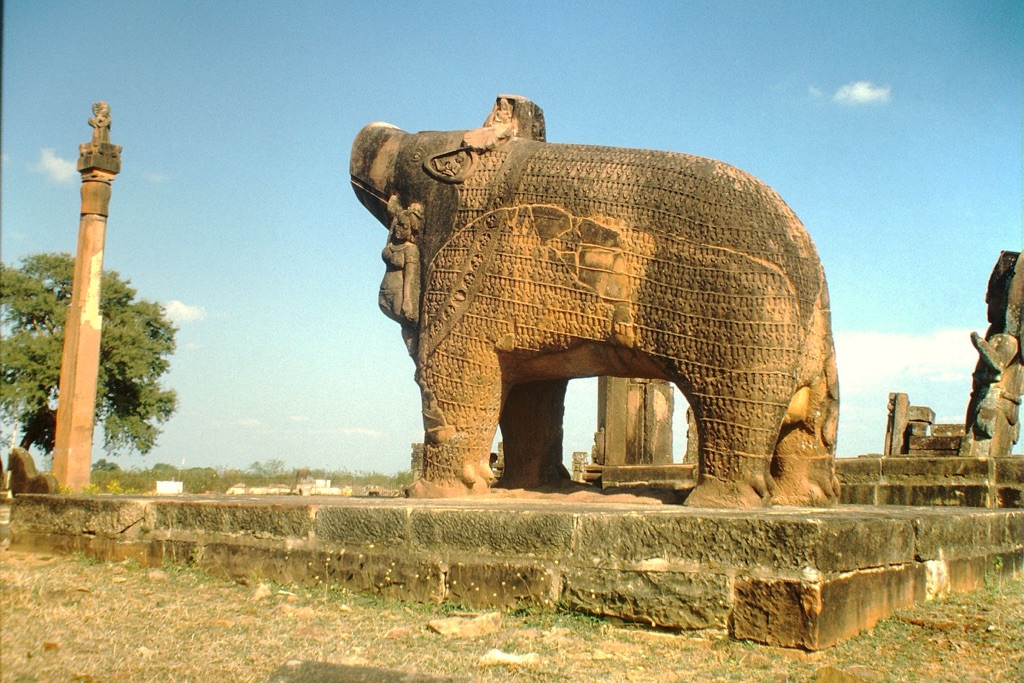
Historical Background of Eran
The discovery of Eran traces back to the 19th century when British officers first reported its historical significance. Subsequent excavations revealed its ancient roots. The town was built by the Gupta Empire, known for its golden age of Indian culture. Eran was later inhabited by several other dynasties, including the Vakataka and the Pratiharas. It was also the scene of significant historical events, such as the issuance of the Eran boar inscription by Samudragupta, depicting his conquests.
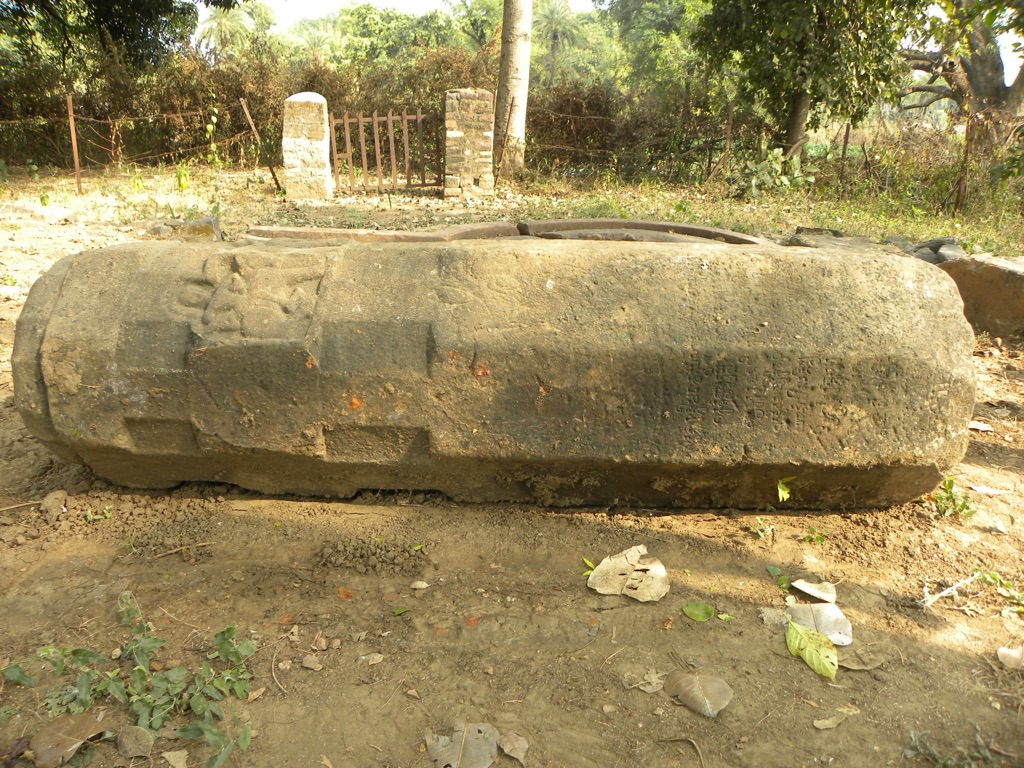
Archaeological efforts have unearthed several temples and inscriptions in Eran. The most notable among these is the Varaha Temple, dedicated to the boar incarnation of Vishnu. The site also features a colossal boar sculpture with an inscription that provides valuable historical data. The presence of Buddhist and Jain relics indicates the town’s diverse religious landscape. Eran’s strategic location along trade routes made it an important commercial and religious center.
Over the centuries, Eran witnessed various cultural and political changes. The Gupta rulers established it as a prominent administrative center. Later, it saw the rise of regional powers and the spread of different religious practices. The town’s architecture and inscriptions reflect these shifts. Eran’s significance waned over time, but its ruins continue to be a testament to its past glory.
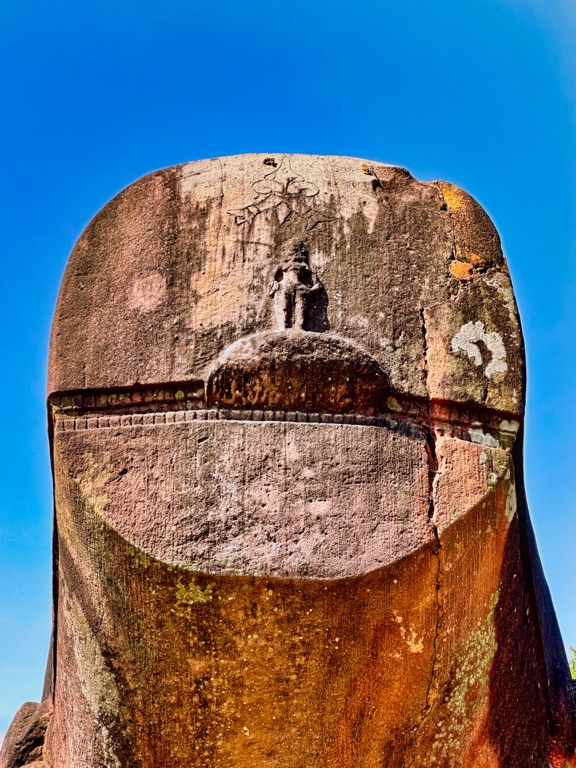
The town’s decline is not well-documented, but it likely occurred during the medieval period. Despite this, Eran’s historical importance remains undiminished. The site is a treasure trove for historians and archaeologists, offering glimpses into India’s ancient past. The artifacts and structures found here have been crucial in understanding the region’s history and the broader South Asian context.
Today, Eran is recognized as an important heritage site. The Archaeological Survey of India protects and manages it. Efforts are ongoing to preserve its monuments and inscriptions for future generations. The site attracts scholars and tourists alike, eager to explore its historical depths.
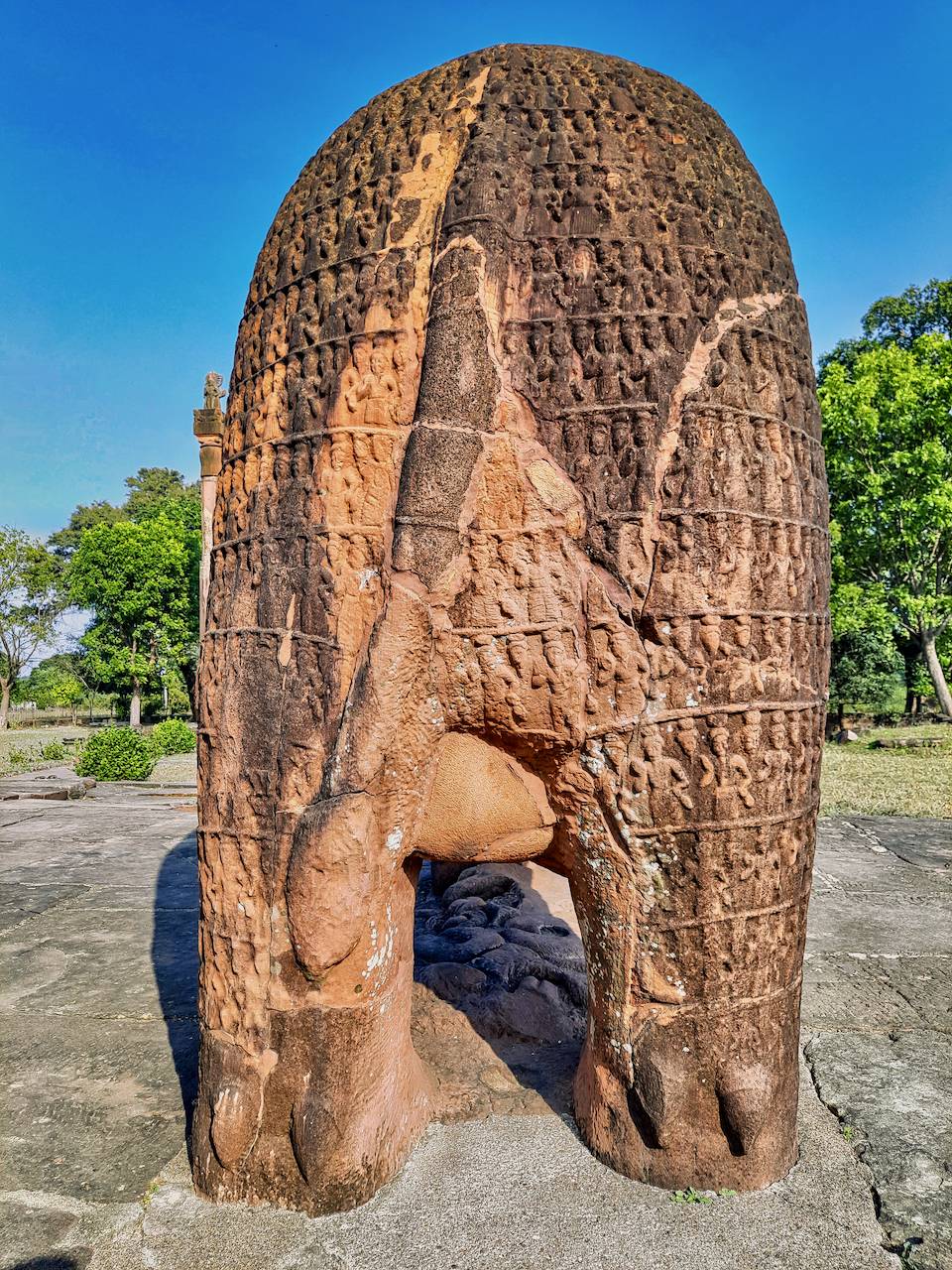
About Eran
Eran’s archaeological site is a window into ancient Indian architecture and urban planning. The town’s layout suggests a well-organized society with significant construction activity. The Varaha Temple is a prime example of Gupta-era temple architecture. It features a high plinth, intricate carvings, and a distinct shikhara or spire.
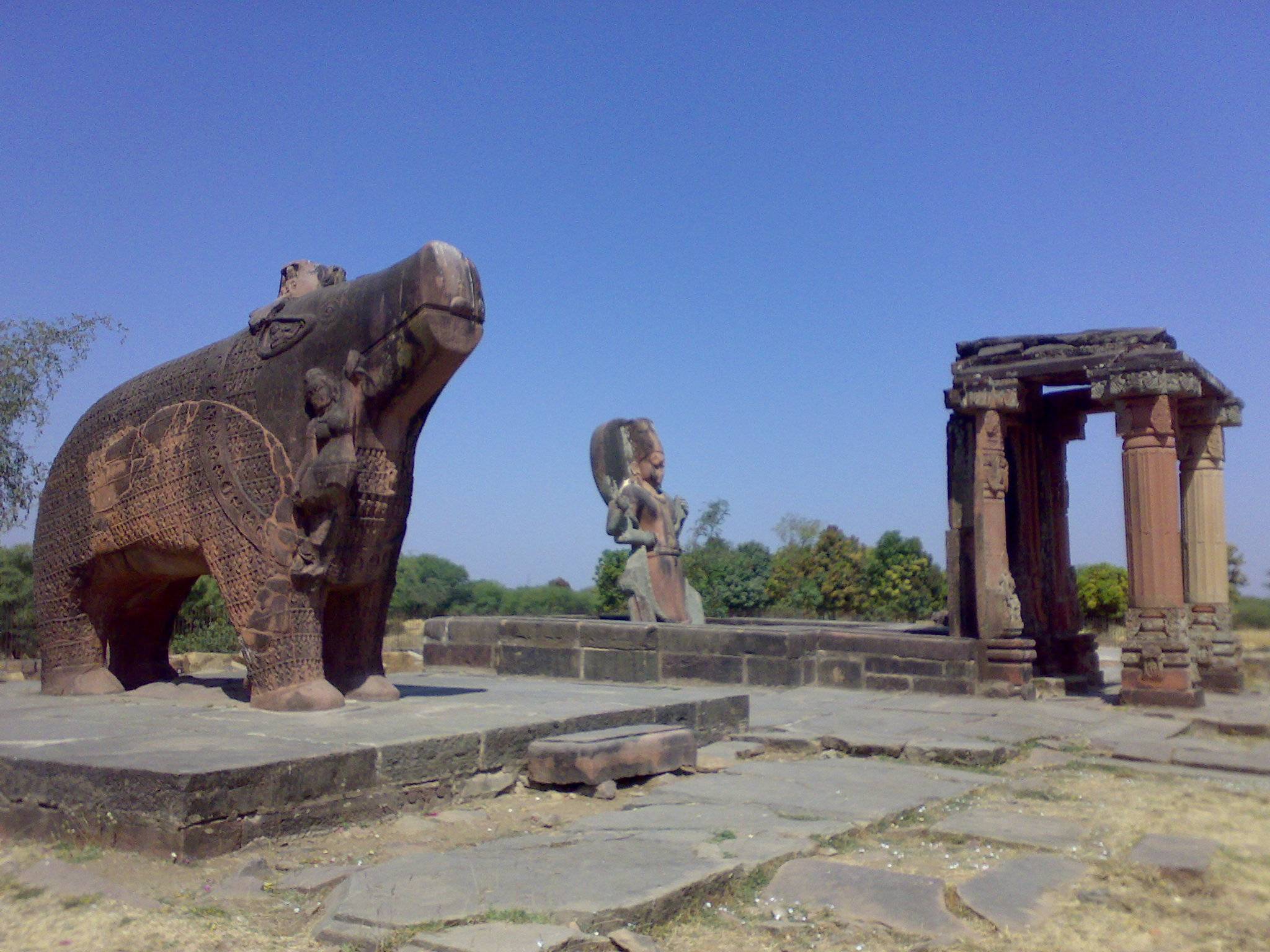
The materials used in Eran’s construction were primarily local stone, which has withstood the test of time. The craftsmanship evident in the sculptures and carvings indicates a high level of skill among the artisans. The boar sculpture, in particular, is a masterpiece of religious art, symbolizing the protective nature of the deity Vishnu.
Other architectural highlights include the remains of fortifications, which suggest that Eran was once a fortified town. The discovery of a large number of coins indicates a thriving economy. The coins also provide clues about the rulers who controlled Eran and their relations with other regions.
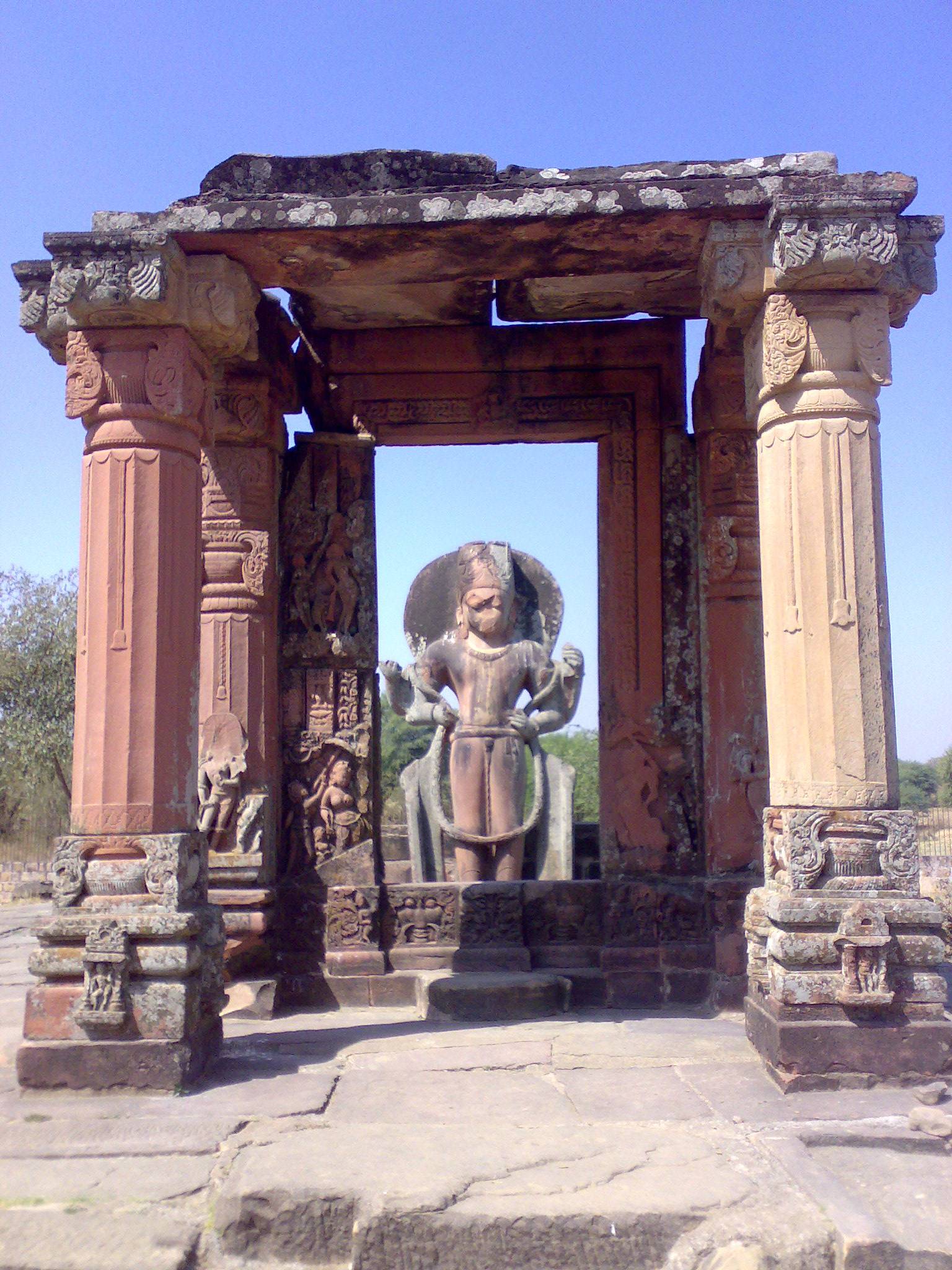
The site also contains remnants of residential areas, wells, and marketplaces. These features offer insights into the daily lives of Eran’s inhabitants. The presence of multiple religious structures points to a society with diverse beliefs and practices. The town’s architecture reflects a confluence of various cultural influences over the centuries.
Conservation efforts have focused on preserving Eran’s monuments and preventing further deterioration. The site’s importance as a heritage location has led to increased attention from the government and conservationists. They aim to maintain the integrity of Eran’s historical structures while making them accessible to the public.
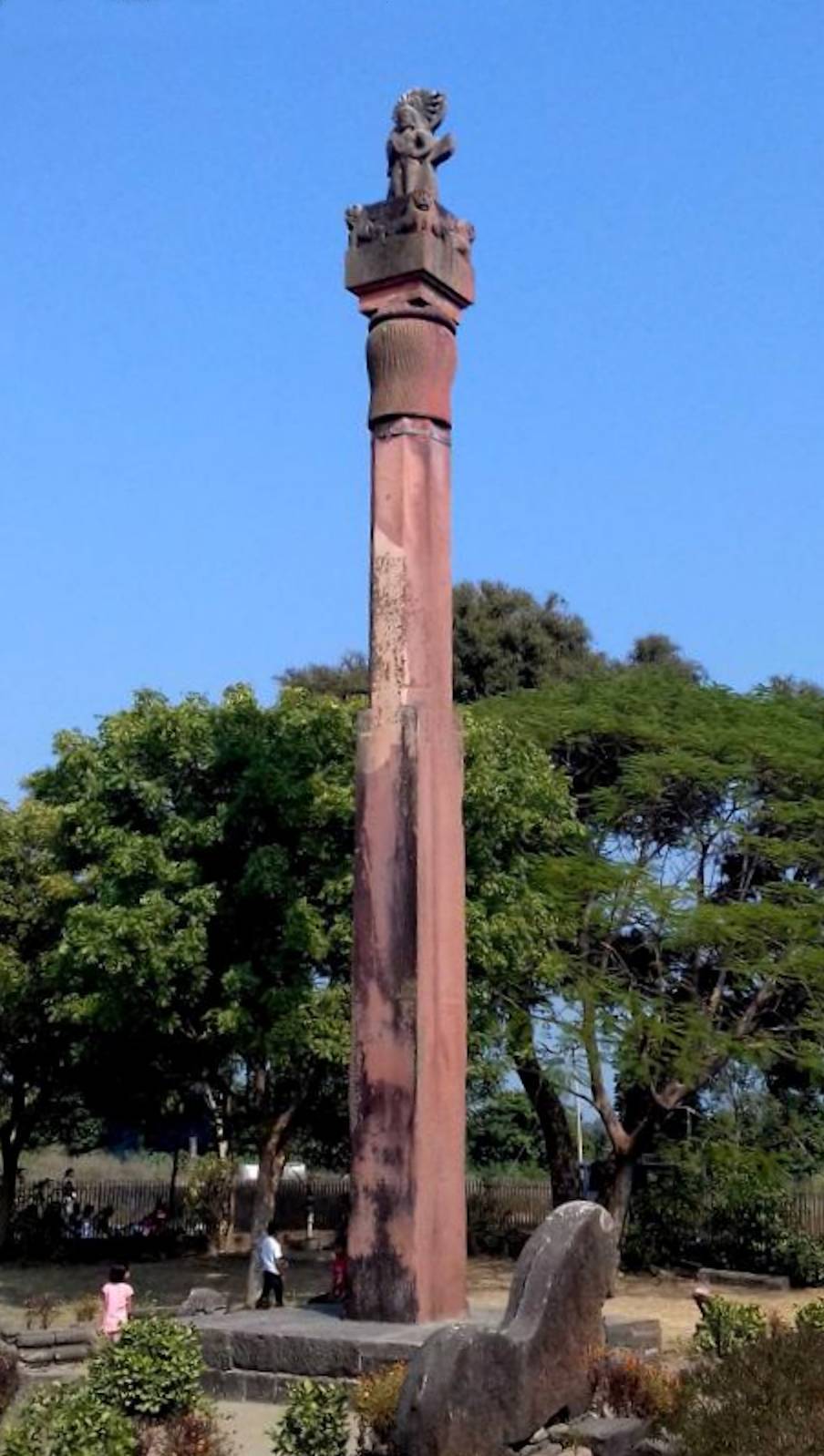
Theories and Interpretations
Several theories exist about Eran’s role in ancient India. Some scholars believe it was a religious hub due to the diversity of religious artifacts found. Others suggest it was a center of trade and politics, given its strategic location and evidence of administrative activity.
The purpose of the Varaha Temple and the colossal boar sculpture has been subject to interpretation. They are generally seen as expressions of Hindu religious beliefs. However, the presence of Buddhist and Jain relics indicates that Eran was a melting pot of religious ideas.
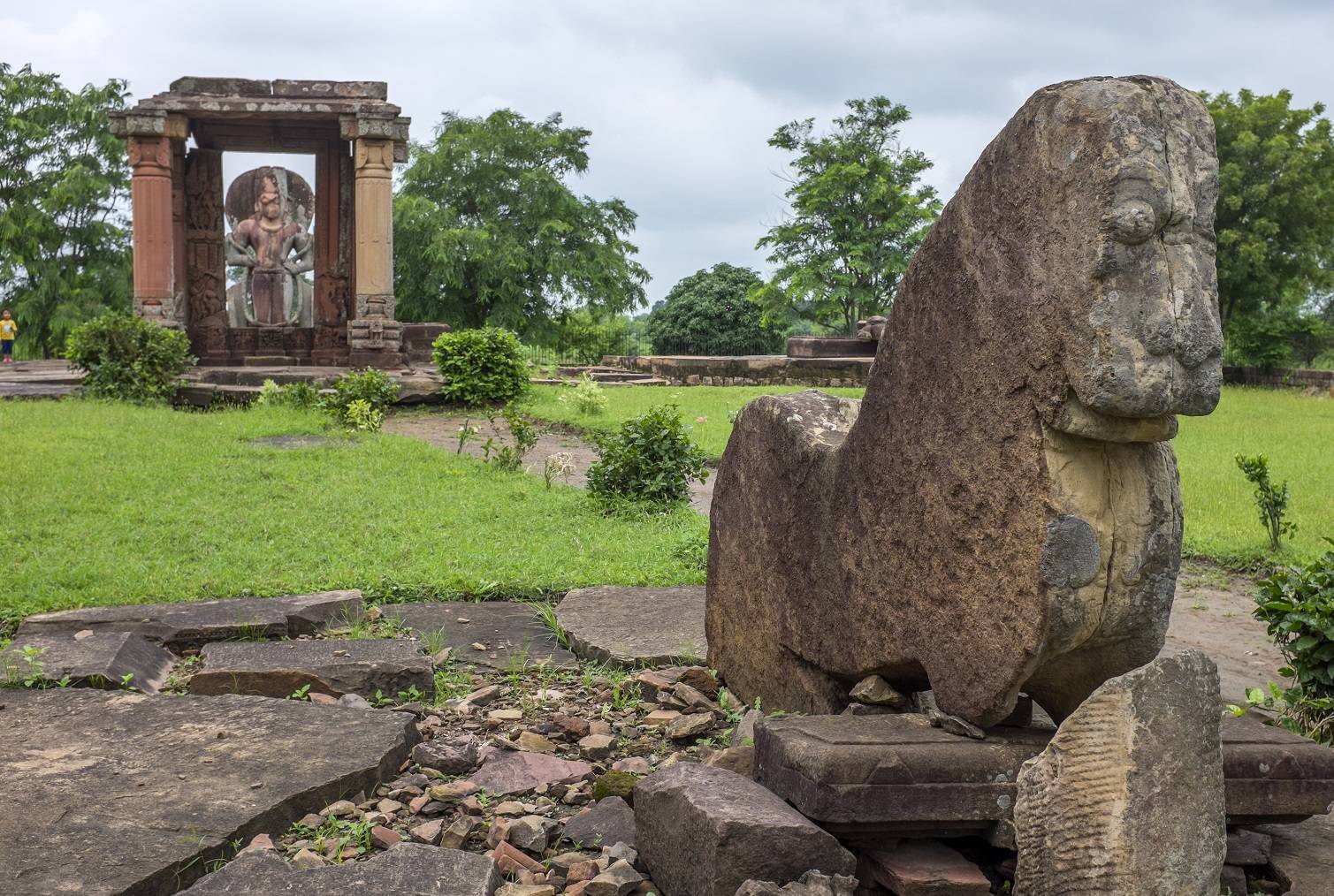
Mysteries surround some of Eran’s inscriptions and artifacts. The exact reasons for the town’s decline remain unclear. Historians have had to match the site’s findings with historical records to piece together its past. This process has sometimes led to debates about the accuracy of these interpretations.
Dating of the site has been carried out using various methods, including stratigraphy and typology of artifacts. These techniques have helped establish a timeline for Eran’s occupation and development. However, the dating of some structures and objects continues to be refined as new methods and technologies emerge.

The interpretations of Eran’s history are continually evolving. As new discoveries are made, scholars reassess their understanding of the site. Eran remains a subject of ongoing research, with each finding adding to the complex tapestry of its past.
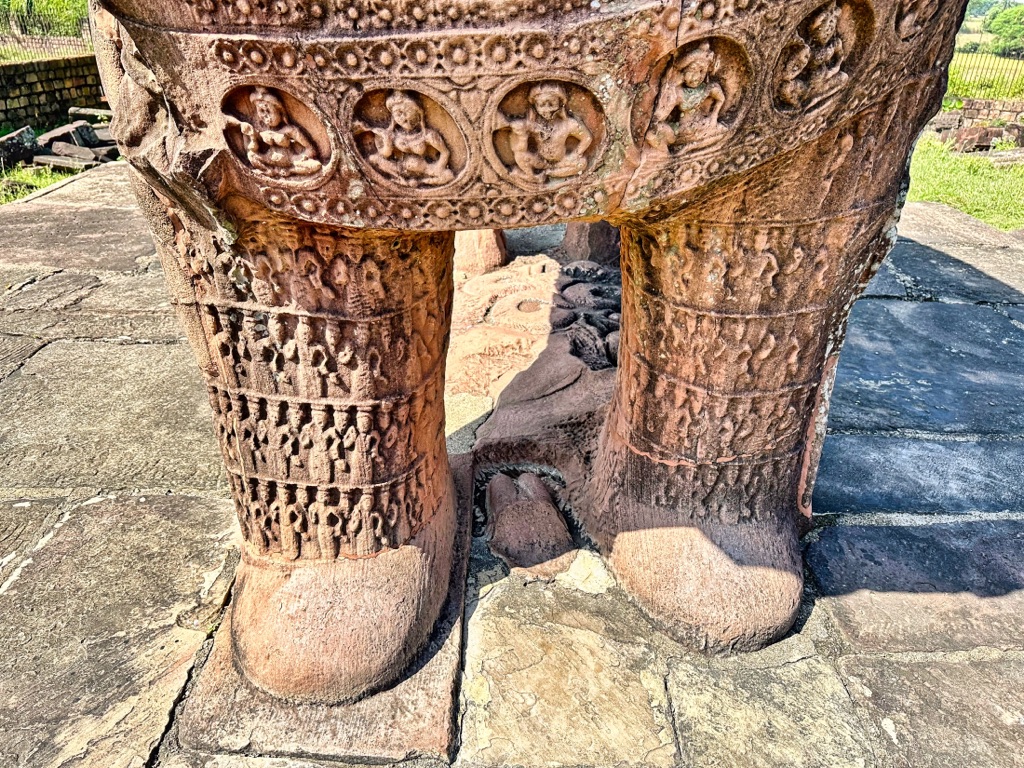
At a glance
- Country: India
- Civilization: Gupta Empire and subsequent dynasties
- Age: Approximately 1,500 years old (5th century AD)
Conclusion and Sources
- Wikipedia – https://en.wikipedia.org/wiki/Eran

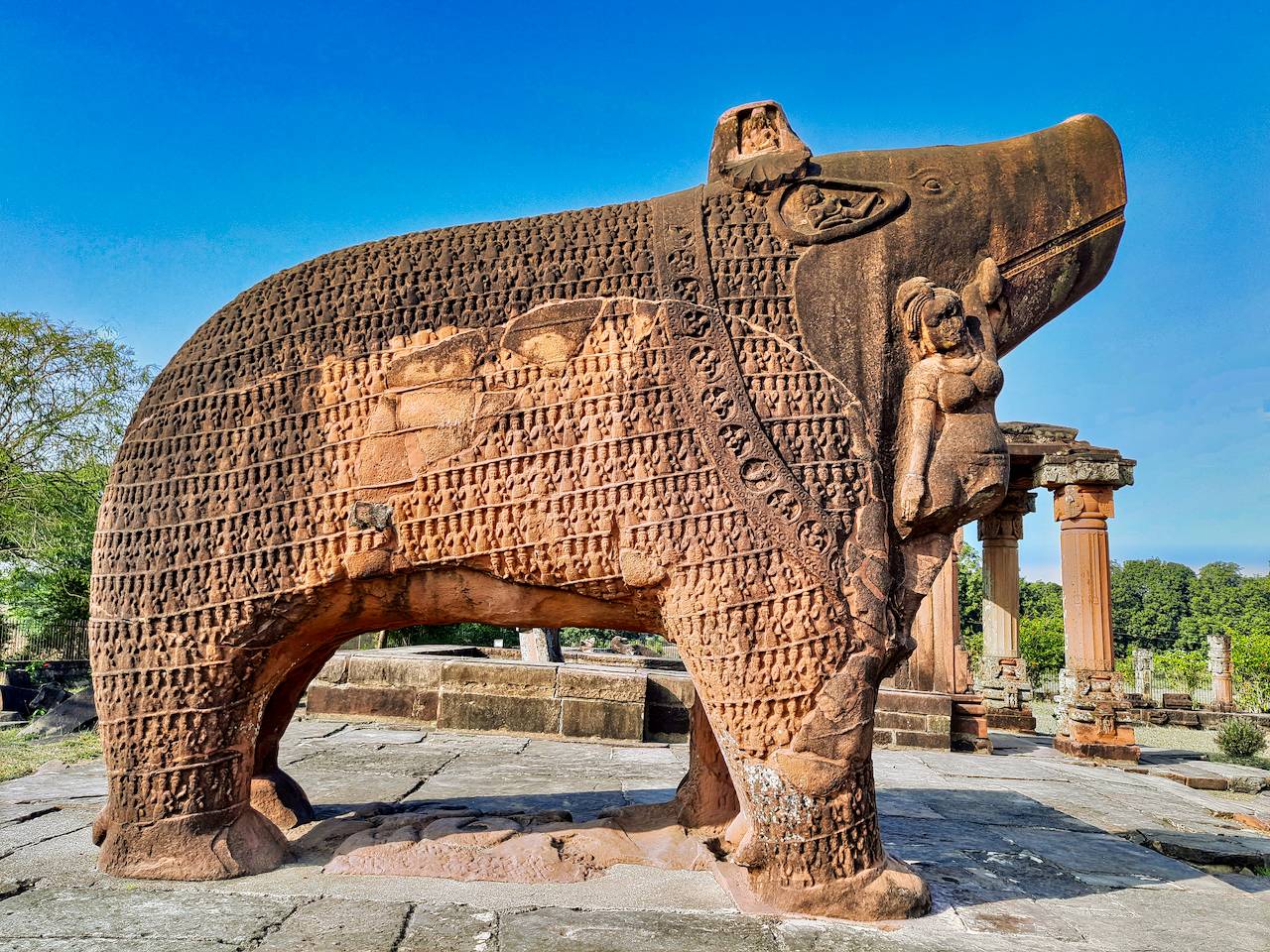
Good Study Many Thanks…